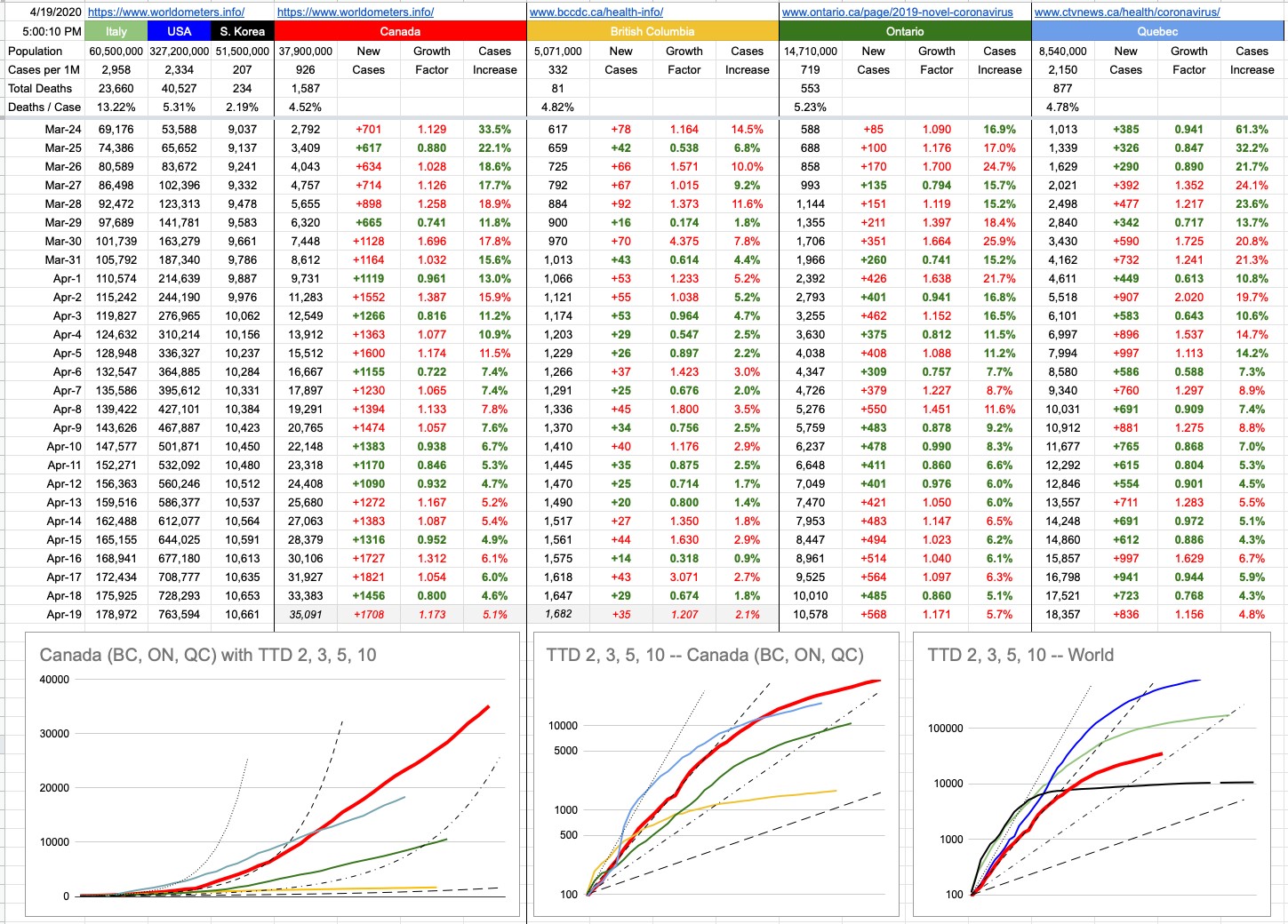Day 48 – May 3, 2020
In 2012, I was in L.A. to visit a movie set. The hotel was in a nice part of town; the set, perhaps not so much. I ordered an Uber, and a black SUV showed up. The destination (call it “Z”) was already entered into the app, so off we went. It was interesting to note that this driver had his car set up with at least four different phones or devices dangling from the windshield and dashboard. Uber, Nav, Music, actual phone… I don’t know.
But at one point, one of them went out of sync… and he asked, “I thought we’re going to Z”
“That’s right”, I replied.
“Well… this says we’re going somewhere else”
Odd.. some glitch… one of his devices was pointing to some location maybe 20 blocks away from Z. Call it X.
“No… not sure why. It’s Z”
“OK, because I can’t take you to X”
“No worries”
Curious though… so I asked…. “Just wondering, why can’t you take me to X?”
“Sir, I can’t take you to X”
“I understand, and we’re not going to X… I am just wondering what’s the big deal with X and if I wanted to, why you wouldn’t you take me there?”
“Sir, I told you, I will not take you to X”
“I don’t want to go to X. I want to go to Z. I am just curious… if I wanted to go to X, why wouldn’t you take me?”
He pulled the car over.
“I can’t take you to X. I can drop you here and you can find another Uber”
“I don’t think you understand. I don’t want go to X. I’ve never heard of X. I don’t know where or what it is. I am simply wondering what’s so bad with X that you wouldn’t drive me there”
“Sir, you’ll have to get another Uber”
We sat there for a moment, me trying to figure this out. This wasn’t a language issue; he spoke English perfectly. This was just a guy that couldn’t wrap his head around a hypothetical situation. Those two words, which are my favourite when put together… the two words that have led to all of the innovation that’s ever happened in history, when posed by somebody…”What if…” — this guy couldn’t process it; there seemed to be no version of “What if” in his world. I sat there imagining what it might be like to be playing chess against this guy. He moves a piece, you take it. “Oh, darn”. He moves another, and you take it too. “Oh, hmm, you’re good at this”. Well, I’m ok, but it sure helps that I can think ahead more than zero moves. Like I can propose a hypothetical situation in my mind, evaluate it, do that several times and come up with something useful.
But this guy… he just didn’t get it. And maybe he couldn’t.
“Yeah, ok, forget X. Let’s just go to Z”.
And off we went. But there was no more conversation after that, and as much as I really wanted to, I didn’t ask him the same question for the 10th time when we finally arrived. What was the point? He wouldn’t get it. And further to that, I guess the conversation bothered him, because my Uber rating dropped from a perfect 5 stars down to 4.92 after that.
I remember another time a friend sent around an email, asking us to answer a few simple math questions, and explain how we did them in our head. His son was having trouble with math at school, and he was looking for different ways of explaining things. Like, what’s 9+9. I was so surprised to see some answers that came back. Like, for me, it’s just 18. I just know that. But some people were saying… add 1 to each 9, that makes 20, then subtract 2. In their head, they were doing (9+1)+(9+1) – 2. Or 15+8, which for me is just 23, was somehow turned into (15+5)+3 for one person, and (15+10)-2 for another.
There’s obviously nothing wrong with thinking differently. Whatever works for you. But what happens when it doesn’t work?
This was brought to light (and it reminded me of these two examples) by a friend who commented on a recent post of mine, the one about Covidiots. That maybe calling them that was a little harsh; that maybe they not only don’t know any better, but perhaps they *can’t” know any better. Like it’s actually beyond them. There’s possibly some truth to that, and since I’m the biggest proponent of letting people live their lives with freedom and their own particular pursuit of happiness, what’s the big deal… the usual golden rule of “do unto others as you would have them do unto you” is actually a bit better if you change it slightly: “don’t do unto others as you wouldn’t have them do unto you.” It’s better because instead of imposing on others what you think is right, this un-imposes anything on anyone, as long as it’s not hurting you.
But that’s the thing. A bunch of people ignoring intelligent, well-thought-out and proven directives… has the potential to affect us all — drastically, and we’re no doubt going to see the results of it in different places.
The state of Oklahoma is opening up; they think they’re in a position to handle things, and reading their planned phase re-opening, I guess it might look good on paper. Oklahoma has a population of 4 million, compared to B.C.’s 5 million. They also have twice as many confirmed cases and twice as many deaths. They’ve already opened up hair salons, barbershops, spas, nail salons. Two days ago… restaurants, movie theatres, entertainment venues, gyms, spotting venues… the list goes on.
In trying to balance out the greater good of business vs. public health, the officials in Oklahoma made it mandatory for clients of the aforementioned businesses to wear masks. As we know, wearing a mask protects others more than it protects you, and it would make sense for the benefit of the workers of all these places that people wear masks. If they’re going to be subjected to hundreds of people, their safety needs to be taken into account.
That mandate lasted about 3 hours before it had to be lifted… as threats, violence and guns all made appearances… as a lot of people who perhaps aren’t quite clear on exactly what the constitution of their country actually says, protested that their rights were being violated. What’s becoming abundantly clear is that there is a group of people incapable of understanding. Their preconceived notions and/or brainwashing seems to preclude any sort of rational thinking. And it’s also clear that there will never be a way to convince them. And that, unfortunately, is putting everyone around them in danger. So let’s leave it at that… you’re free to do whatever you want, but if your ridiculous actions have the possibility of affecting me, then you’re a Covidiot.
A brief note about today’s numbers — there was a huge spike in Quebec’s numbers, apparently due to a computer error that had neglected to count 1,317 cases from the past. Not counting those, their 892 actual new cases for the day looks a lot better… but that jump obviously affects our national numbers as well. And, it’s quiet day in B.C. — I will correct my guess with tomorrow’s real data.
View Original Post and All Comments on Facebook








